If You Haven't Watched 'Pose' Yet, It Needs To Be On The Top Of Your Watch-List For Pride Month
The Golden Age of television has brought us Pose and I couldn't be more thankful.
Honestly, I didn't even realize that Pose was a TV show when I first started seeing advertisements for it because of how fabulous this shoot was:
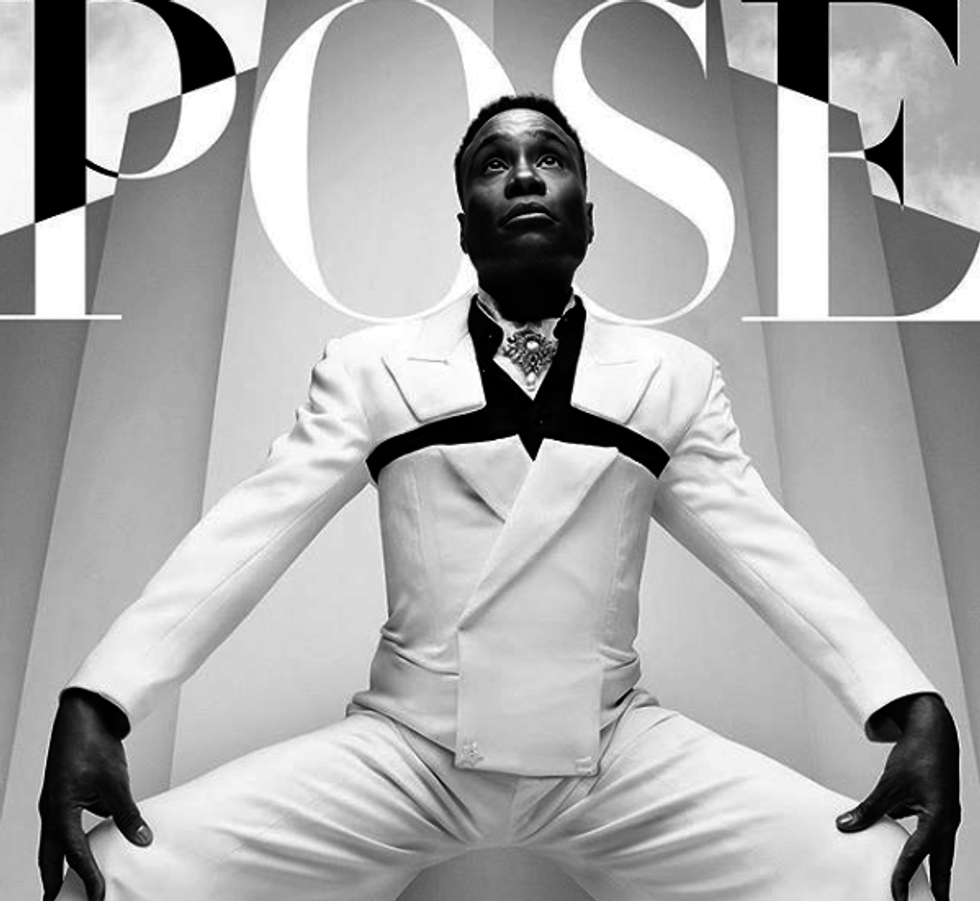

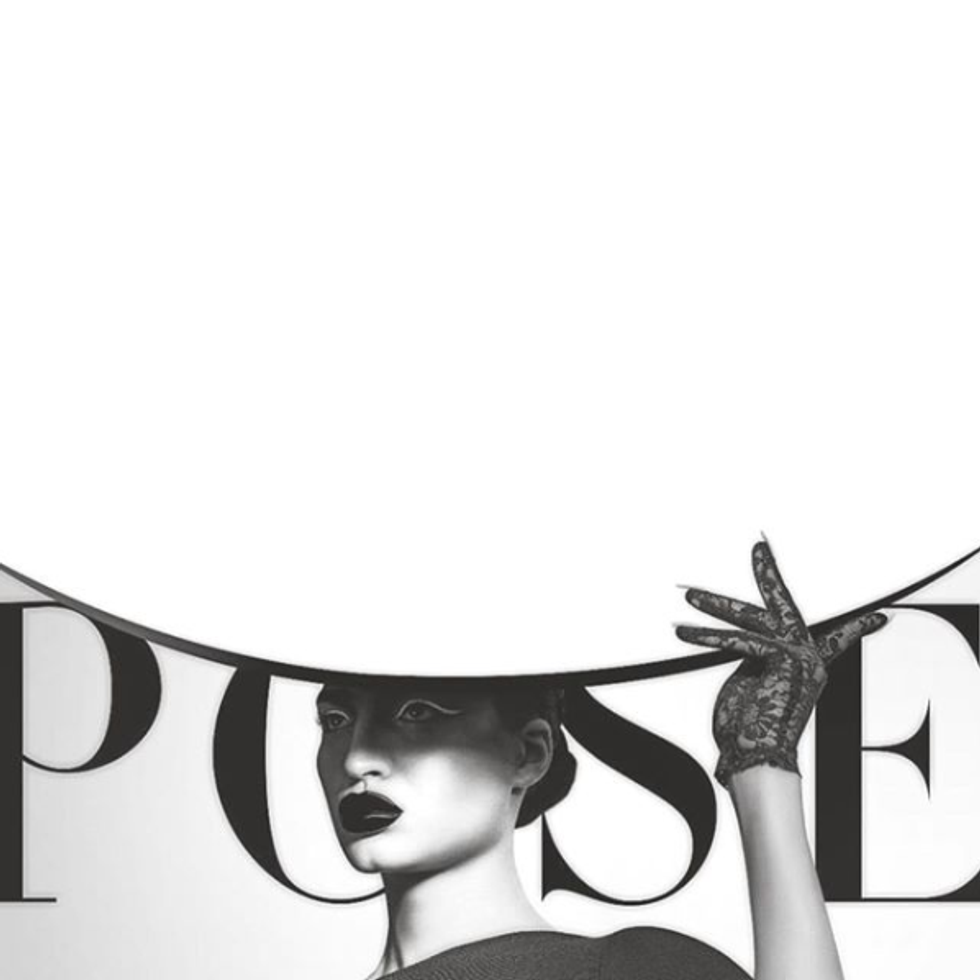
I had followed Billy Porter, Indya Moore and MJ Rodriguez on Instagram already, so when I first saw the shoot, I thought it surely must be a beautiful, lux attempt by some magazine to get people excited for Pride Month, given all three are queer.
I don't know when I finally made the connection, but after I actually started watching the show on Netflix, I couldn't pull my eyes away.
I had the extreme pleasure of taking an American LGBTQ+ history course this past semester at my college, and not a day goes by where I'm not thankful for that.
I was already familiar with voguing from when I was a kid, but in that course, I learned all about the struggles of the LGBT+ community during the '80s, '90s and even early 2000s. We learned about how drag queens and trans folk would come together in common areas to socialize, regardless of how many times they were arrested for cross-dressing, loitering, or whatever else police could cook up to put them behind bars. We learned that those hot spots were often in lower-income areas where prostitution and drug abuse was common. We learned about how they held Drag Balls, which ultimately became the single place they could express themselves and support each other without retribution.
We also learned about the AIDS crisis that swept the nation: Gay men and other queer people were dying in horrific ways at massive rates, but because the political climate was heavily right-leaning after the Red Scare and Civil Rights movement of the '60s and '70s, the majority of the population genuinely believed AIDS was a plague sent by God to punish the corrupt members of society responsible for it. Therefore, President Reagan didn't even mention the epidemic until celebrity Rock Hudson passed from AIDS complications.
Reading first-hand accounts of medical professionals who dealt with AIDS victims during their last legs, watching clips of queer men and women who were terrified to love one another, and reading court documents of the US government actively opposing AIDS research, treatment and prevention made me sick to my stomach. However, I was grateful to be learning about it since so many people's lives and stories had been hidden by conservatives for so long.
You can imagine my elation to find that Pose dramatized all of these historical events and more just months after I learned about them in-depth.
But this show hits on many more points for me.
For one, I have a massive crush on Indya Moore, who I found through Instagram from following many other LGBT+ activists and trans entertainers.
What's way more important about the cast than my girl crushes, though, is that every queer character is played by an actor who identifies the same way in real life. In fact, Billy Porter and Dominique Jackson—who play Pray Tell and Elektra, respectively—are legends in Ball culture. Though many of the other cast members are too young to have been there from the start of the movement, like Porter and Jackson, their first-hand experience with the topics makes the show that much more heartbreaking, moving and sincere.
Accordingly, they do an unsurprisingly outstanding job at portraying trans and queer issues that are relevant both then and now, like discrimination within the LGBTQ+ community, queer sex education, homelessness in LGBTQ+ youth, the disproportionate struggle trans women of color face in comparison to other disadvantaged groups and how to address misgendering.
This is so important, especially now, for people to learn about. There are many LGBTQ+ people I know even today that have no idea about the community's history or how it affects today's reality. Some people frankly don't even care. For these people, I think we owe it to those who paved the way before us to be educated on their struggles and sacrifice.
For straight, cisht people who come across it, Pose might be a glimpse into a world they'd never even heard of, let alone cared about.
Because of these viewers, it becomes that much more important for people to learn about these things straight from the horse's mouth, and not by some watered-down, distorted interpretation of the truth. Pose gives us that.
When I first sat down to write this article, I had every intention of going into all my favorite scenes in detail complete with my feelings about each one. However, in the spirit of Pride season, you'll just have to go to Netflix and see for yourself.


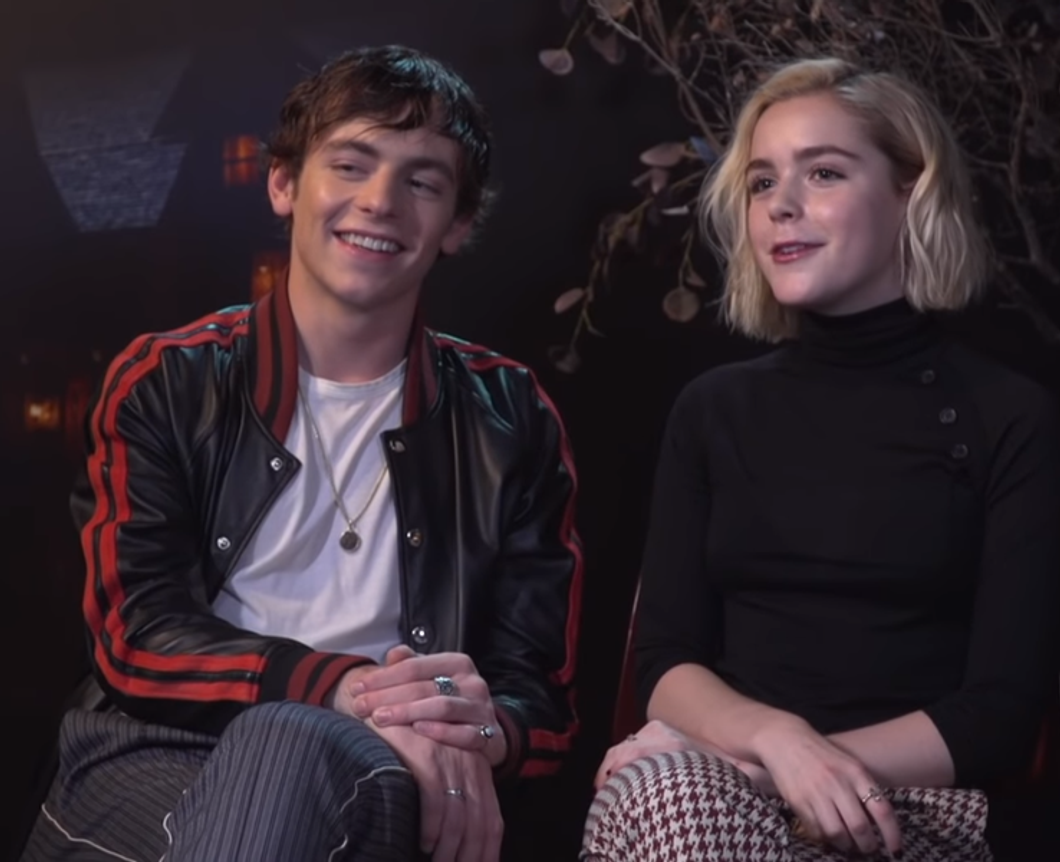
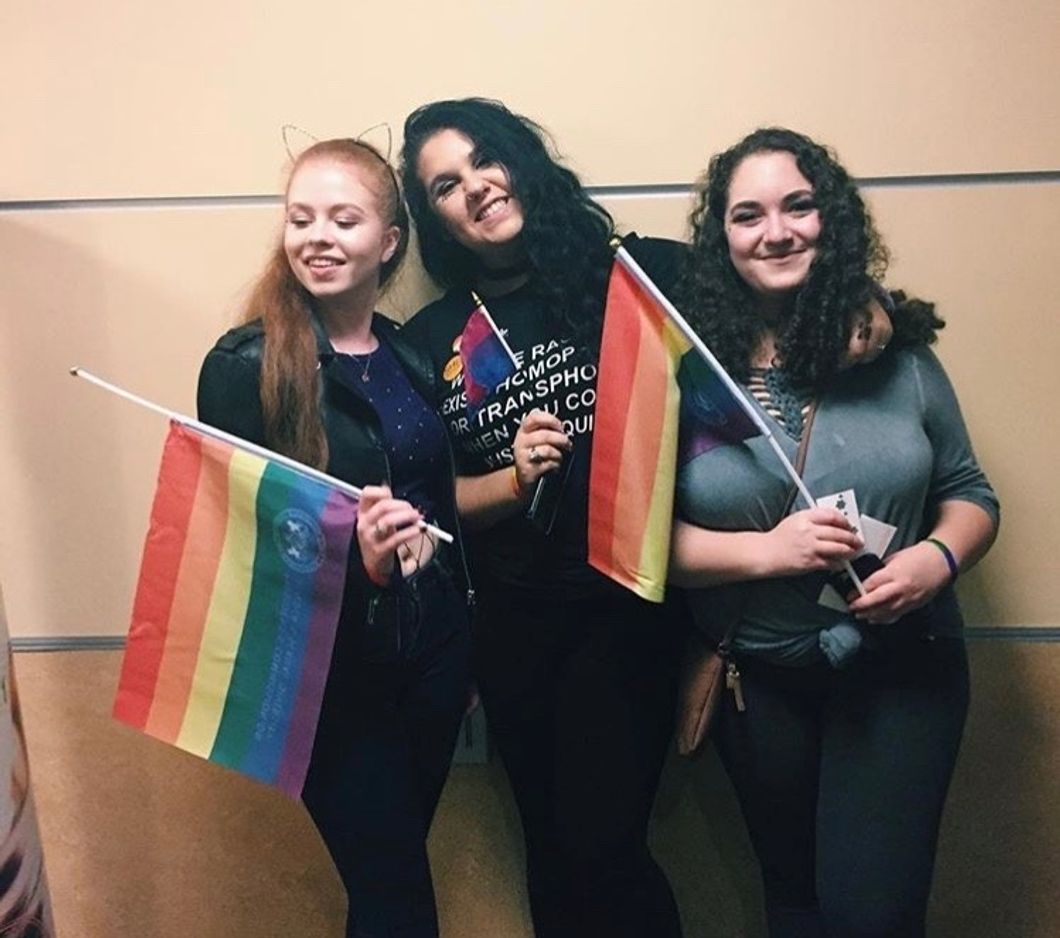










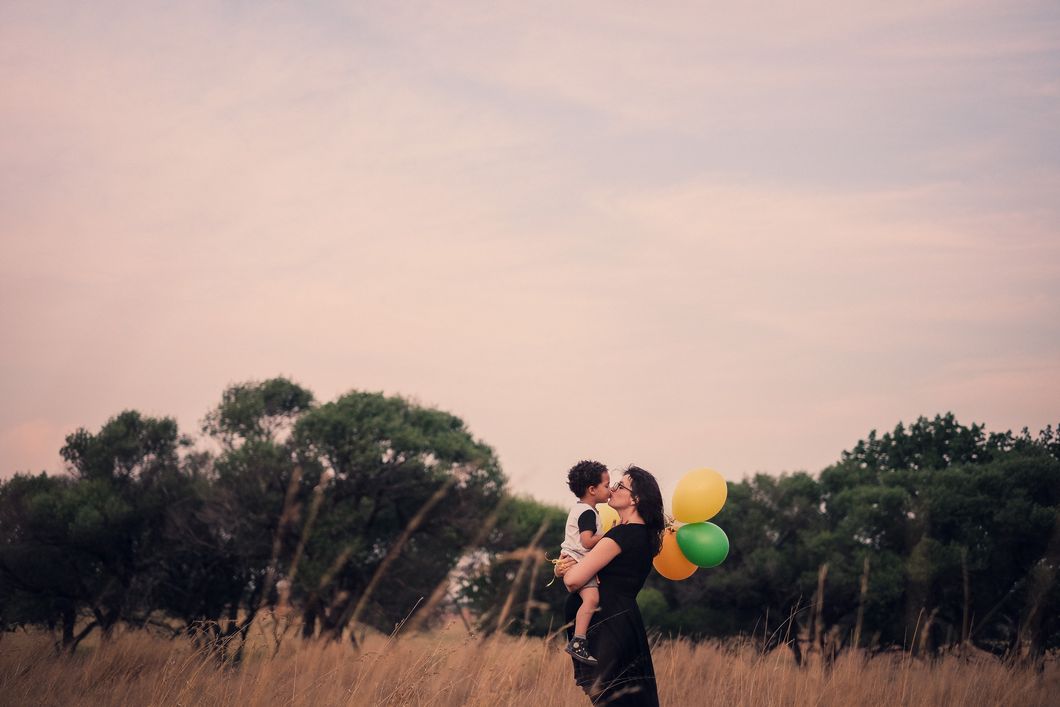



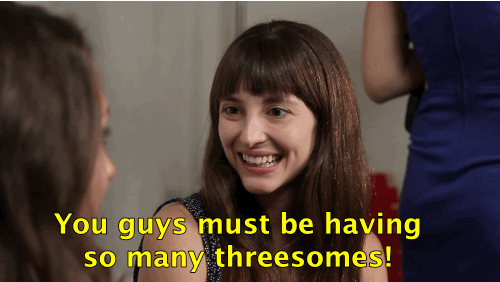



























I'm Standing With My Trans Sisters And Boycotting Victoria's Secret
Victoria's secret has been revealed, and it's just as discriminatory as we all suspected.
In a recent interview with Vogue, Victoria Secret's CMO Ed Razek was asked about why the company's infamous fashion show does not include plus-size and transgender models. To this, he replied that the show was meant to be a fantasy, and that they include models that appeal to the markets they sell to, not the whole world.
Reading between the lines with barely a smidgen of effort, Razek meant that their goal is appealing to their cis-female, 14- to 18-year-old demographic so that those customers can better appeal to the white, cis men—the show targets, which explains all the meatless, opinion-less models.
Who cares if they promote unrealistic standards for girls with real-life bodies who aren't #TrainedLikeAnAngel?
In an effort to create that fantasy, they certainly can't be bothered to worry about the fatsos and trannies, too.
Anyone could've told Razek that secret should've stayed in the closet, but it is not altogether surprising coming from a company who only reluctantly started celebrating their top models' racial diversity and national backgrounds.
Unbeknownst to Victoria, representation for the trans community has exploded in recent years with the fashion industry leading the way. Under the influence of supermodels and activists like Arisce Wanzer, Carmen Carrera, Isis King and MiMi Tao, these women and their equals have gone from being token "trans models" to simply owning the supermodel title they so rightly deserve.
Even despite the Trump administration's most recent attack on trans rights, campaigns like Laverne Cox's #TransIsBeautiful have emboldened more trans and gender nonconforming people than ever before to be themselves in everyday society.
Victoria's Secret apparently didn't get that memo.
From a marketing standpoint, the company's stubborn refusal to change with the times is absolutely moronic. Every day, commercial brands like Arie, Gap, and H&M come out with new lines and campaigns that cater to a variety of people of all colors, creeds, shapes and sizes.
Yet, Victoria's Secret Pink line still doesn't even provide sizes past XL.
It's this obvious exclusion that has made the popularity of their fashion show decline in recent years, for young girls and femmes can no longer relate to the content.
While the size discrimination may be attributed to the availability of the cheap, uncomfortable materials the company refuses to branch out from, Razek's comments brought their discriminatory practices into stark relief.
The CMO's opinions set off a firestorm for the company, taking heat from plus-sized and trans models alike, but many of the outraged voices from trans activists were of a similar tune.
Trans women live their dream fantasy every day by simply being themselves, whether or not that fits Victoria's Secret's cookie-cutter vision for what that should be.
By refusing to include the queer community in their beauty standards, they are ignoring what the company symbolizes to many trans women who are brave enough to be themselves.
As Victoria's Secret is one of the most accessible lingerie brands on the market, I can only imagine how young trans ladies must feel when they purchase their very first piece of lady's underwear from the retailer. For a company that represents the pinnacle of womanhood and sexuality to so many developing girls, this could be a pivotal moment in many trans women's lives.
Razek's comments confirmed that the company couldn't give less of a damn about this portion of their clientele or what their brand might have represented.
With that in mind, it's no wonder this statement is quickly becoming the tipping point in the company's relationship with young people who are only going to keep getting more progressive.
Indeed, I and many other young millennials have already started to grow tired of the brand's repetitive patterns, unrealistic fit and vanilla beauty standards for some time now. It's foreseen that the company will lose more than just their queer customer base after this blunder.
It's a shame this company is so resolutely stuck in their outdated ways, refusing to embrace the inspiration that people like Christian Siriano and Ashley Grahm inspire, when they started off as a trailblazer in celebrating women's sexuality. But it's sheer, delicious luck that this happened the same year Rihanna graced us with her presence in the commercial fashion industry.
So, in the words of the infamous Trace Lysette, I'm marching over to Savage Fenty with my dollars.